Industry information
Company News
- Punched aluminum veneer: the new trend of aluminum materials and the secret weapon of architectural aesthetics
- Aluminum veneer customization, creating personalized space and new fashion
- Fluorocarbon aluminum veneer: a shining pearl of modern architecture
- Punched aluminum veneer: a fashionable choice in modern architecture
- Punched aluminum veneer: lightweight and fashionable, the new favorite of architectural aesthetics
Industry dynamics
- Aluminum veneer customization, creating a new trend of personalized space
- Great Wall 2.5mm aluminum veneer creates high-quality building appearance effect
- Ancient Charm New Materials: Carved Aluminum Veneer, Renaissance of Aluminum Plate
- Fluorocarbon aluminum veneer: the fashionable choice for modern architecture?
- Future market prospects for customized aluminum veneer
Frequently asked questions
- How to store and transport aluminum veneer?
- How to use and maintain aluminum veneer reasonably?
- How to design customized aluminum veneer?
- How to distinguish the quality of aluminum veneer?
- How to improve the fire resistance of aluminum veneer?
contact us
Mobile:+86 15627778610
Email: 2201229786
Address: No. 5 Binjiang Road, High tech Zone, Zhaoqing City, Guangdong Province
Regional differences and consumption trends in the aluminum veneer market
- Author: Lesilong Technology (Guangdong) Co., Ltd
- Release time: February 25, 2025 16:38:53
- Click:0
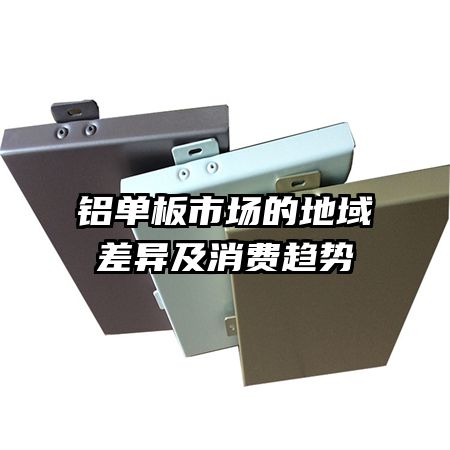
Aluminum veneerRegional differences and consumption trends in the market
Abstract: This article will elaborate on the regional differences and consumption trends of the aluminum veneer market from the following four aspects, including the reasons and impacts of regional differences, changes and trend predictions of consumption trends, analysis of market size, and promotion of technological innovation.
1、 Reasons and impacts of regional differences
1. Geographical environment: The climate, geological conditions, and urban planning of different regions can all affect the application and demand of aluminum veneer. For example, coastal cities require aluminum veneers with good corrosion resistance, while mountainous cities place more emphasis on insulation and thermal performance.
2. Economic development level: The level of economic development directly affects people's pursuit of building decoration quality. People in developed regions tend to choose high-quality aluminum veneer products, while those in relatively underdeveloped regions pay more attention to price factors.
3. Culture and aesthetic concepts: Different regions have different cultural backgrounds and aesthetic concepts, which also affect the regional differences in the aluminum veneer market. For example, the northern region prefers a simple and atmospheric design style, while the southern region tends to favor a luxurious and exquisite style.
2、 Changes in Consumption Trends and Trend Prediction
1. The rise of environmental awareness: With the improvement of people's environmental protection awareness, aluminum veneer as a recyclable material has received increasing attention and application. It is expected that the future aluminum veneer market will focus on developing environmentally friendly products.
2. The increase in personalized demand: People's demands for architectural decoration are becoming increasingly personalized, which is also reflected in the aluminum veneer market. The future market will focus more on customized and diversified products to meet the constantly changing needs of consumers.
3. The rise of intelligent trend: With the development of technology, intelligent building decoration is increasingly sought after. The aluminum veneer market will also develop towards intelligence, combining intelligent control systems and sensing technology to provide users with a more convenient and comfortable user experience.
3、 Analysis of market size
1. Domestic market: The scale of the domestic aluminum veneer market continues to expand, especially in economically developed areas and urban renewal projects where it is widely used. It is expected that the domestic market size will continue to grow in the coming years.
2. International market: China's aluminum veneer products have gradually entered the international market and achieved certain achievements. In the future, with the improvement of technological innovation and brand influence, Chinese aluminum veneer products are expected to gain a larger share in the international market.
3. Competitive situation: The aluminum veneer market is fiercely competitive, and in addition to competition from domestic and foreign brands, other decorative materials in the building materials market also pose certain competitive pressure on it. Enterprises should enhance their competitive advantage by improving product quality and strengthening brand promotion.
4、 The promotion of technological innovation
1. Surface treatment technology: The continuous innovation of surface treatment technology for aluminum veneer can make it more advantageous in terms of weather resistance, pollution resistance, and improve product service life.
2. Improvement of installation technology: The improvement of aluminum veneer installation technology can improve construction efficiency, reduce installation costs, and better meet market demand.
3. Design innovation: Innovative design concepts and styles can continuously drive the development of the aluminum veneer market and increase the added value of products.
5、 Summary:
In summary, the regional differences and consumption trends in the aluminum veneer market are influenced by various factors, including geographical environment, economic development level, culture, and aesthetic concepts. The changes in consumer trends are mainly reflected in the rise of environmental awareness, the increase in personalized demand, and the emergence of intelligent trends. The analysis of market size shows that the domestic market continues to expand, and there is also significant room for development in the international market. Technological innovation will continue to drive the development of the aluminum veneer market, with surface treatment technology, installation technology, and design innovation all being key directions for the future.


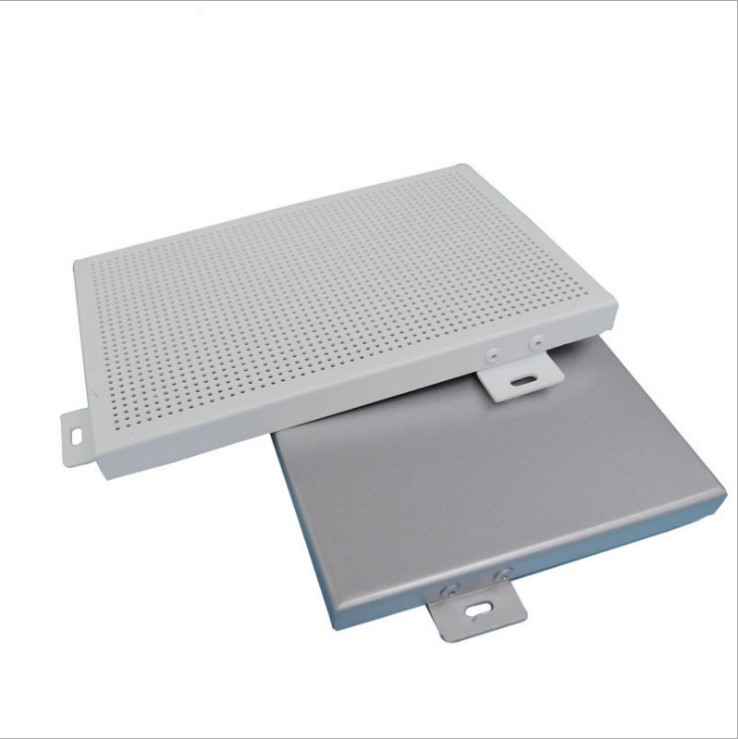

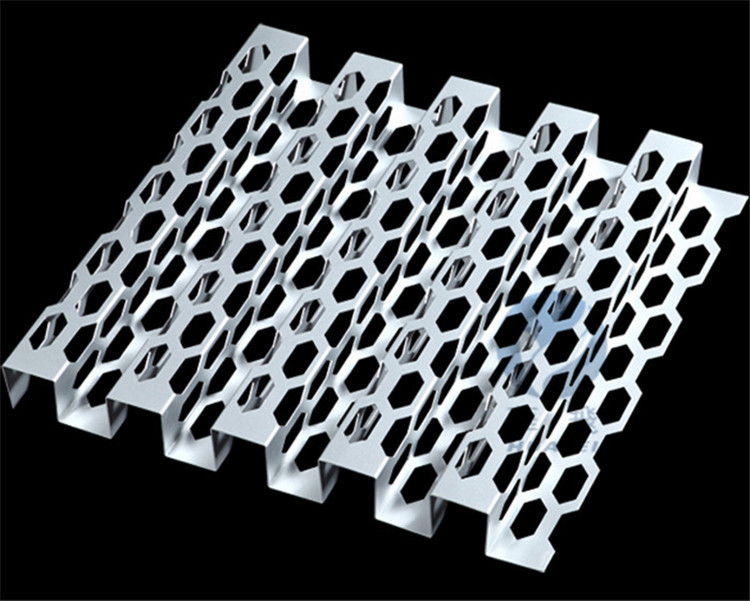
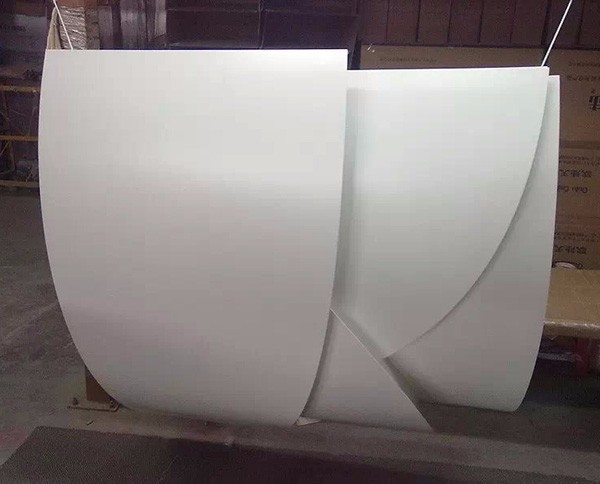
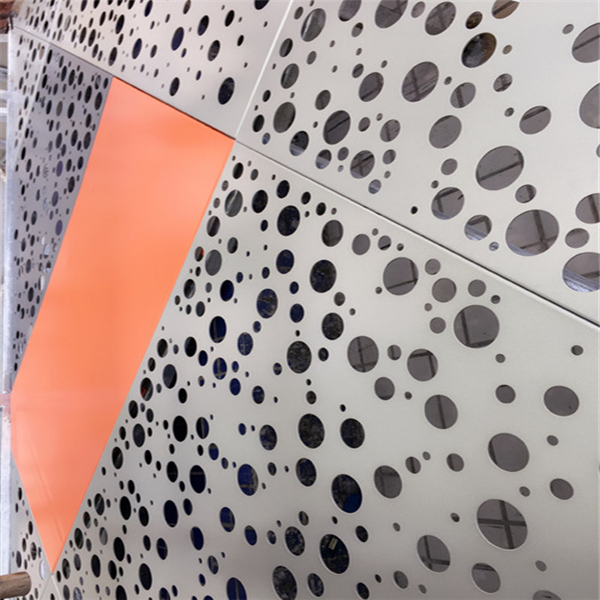
 Customer service QQ
Customer service QQ